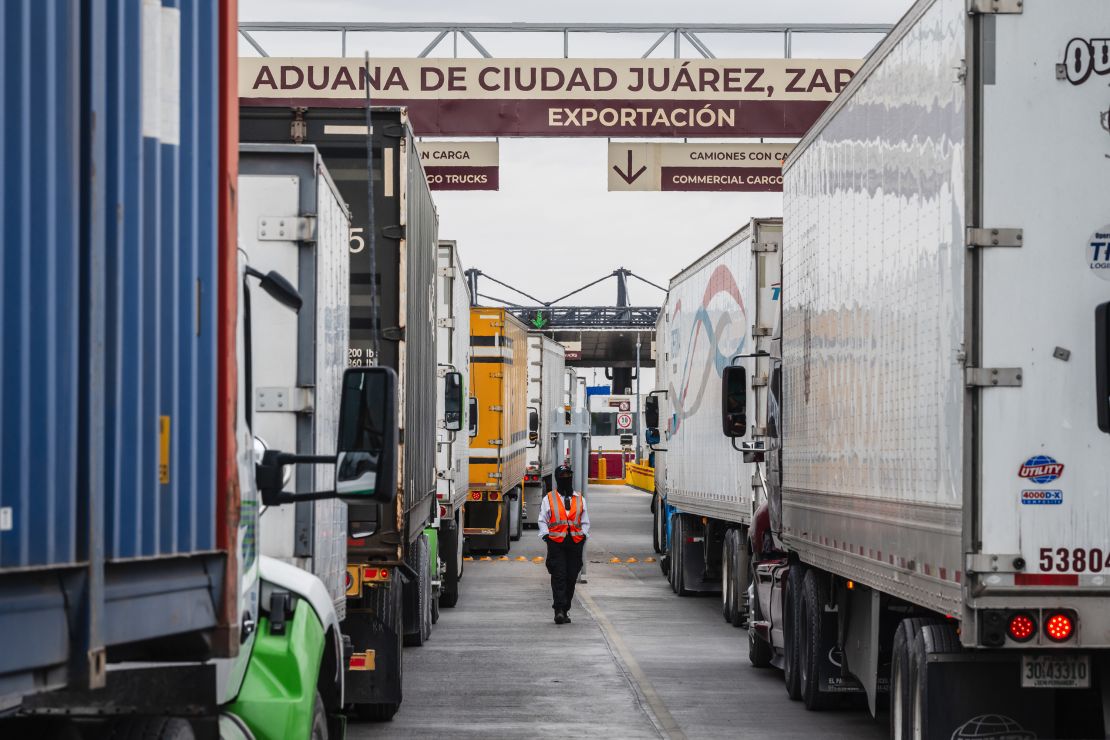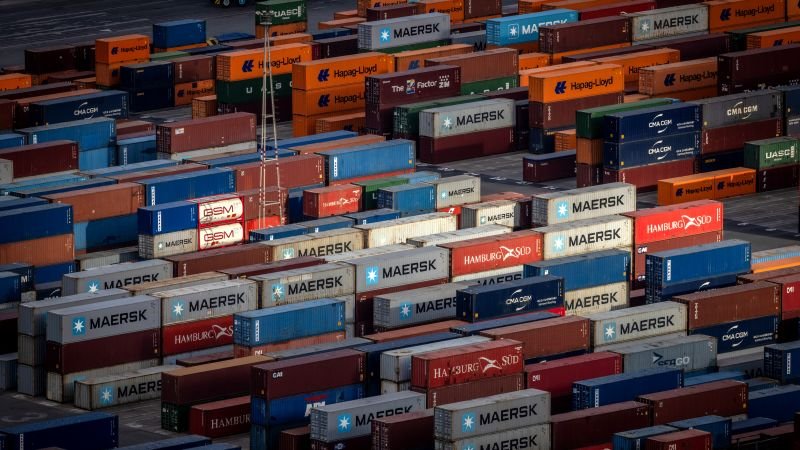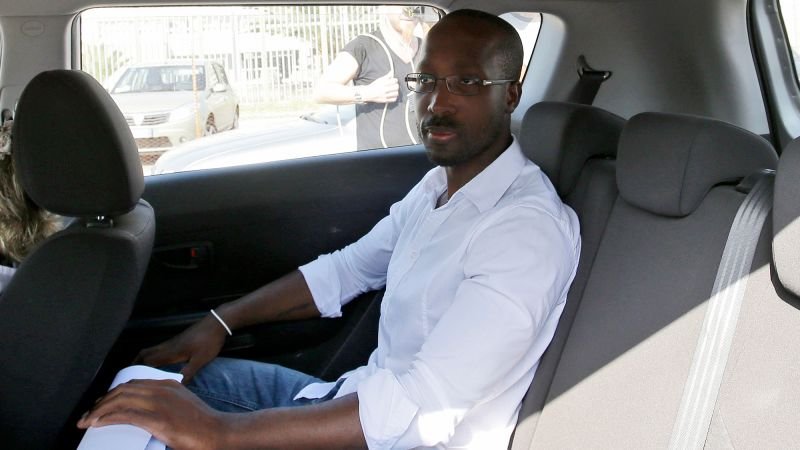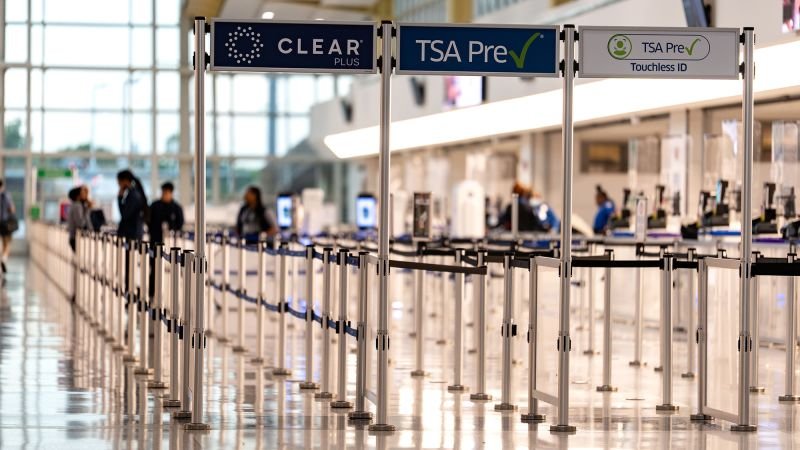CNN
—
President Donald Trump on Saturday threatened duties of 30% on products from Mexico and the European Union, two of America’s biggest trading partners, in an ongoing tariff campaign that’s upended global trade since he retook office in January.
“The United States of America has agreed to continue working with the European Union, despite having one of our largest Trade Deficits with you. Nevertheless, we have decided to move forward, but only with more balanced and fair TRADE,” Trump wrote in the letter to Ursula von der Leyen, president of the European Commission, which he posted to Truth Social.
Trump has imposed a slate of tariffs on US trading partners this year – then paused, modified, raised or lowered them, in a chaotic barrage of policy actions that’s left everyone from major nations to individual Americans trying to figure out how to plan for the future even as economic uncertainty grows.
The EU and Mexico join a growing list of countries whose imports will face updated duties on August 1, since Trump began posting tariff letters on Monday with rates of up to 40%.
In his letters to the EU and Mexico, Trump said that all imports were subject to the 30% tariff, excluding “Sectoral Tariffs,” such as the 25% auto tariff.
Von der Leyen said in a statement that the EU remains “ready to continue working towards an agreement” by the August 1 deadline.
But, she said, a 30% tariff on EU exports would hurt supply chains, businesses and consumers on both sides of the Atlantic. The EU “will take all necessary steps to safeguard EU interests, including the adoption of proportionate countermeasures if required,” von der Leyen wrote.
Products from Mexico, meanwhile, have mostly been able to enter the country duty-free, granted they were compliant with the United States-Mexico-Canada Agreement (USMCA) Trump negotiated in his first term. In his letter addressed to Mexican President Claudia Sheinbaum, Trump said that tariff barriers were imposed to stop the flow of fentanyl into the United States, which he has previously used to justify earlier tariffs on Mexico as well.
“Mexico has been helping me secure the border, BUT, what Mexico has done, is not enough,” Trump wrote.
Mexico’s economy minister Marcelo Ebrard posted on X that a Mexican delegation told United States officials during a Friday meeting that plans to establish a new tariff rate would be “unfair treatment and that we did not agree.” But the United States and Mexico are negotiating to find an “alternative to protect businesses and jobs on both sides of the border.”
In the tariff letters, which were dated on Friday, Trump said that any retaliation of tariffs charged on US imports would be met with pushback from the United States. Trump said that “whatever the number you choose to raise (tariffs) by, will be added onto the 30% that we charge.”
He blamed both tariff and non-tariff trade barriers as additional reasons for imposing tariffs on the EU and Mexico.

The Trump administration has taken particular issue with value-added and digital services taxes, which are prominent in several EU member countries.
Digital service taxes are levied on the gross revenue that online firms collect from offering services to users. Countries with these taxes would be able to tax all the revenue large companies that operate online collect — even if the business is unprofitable. That can include what they collect from selling data, advertising as well as payments they receive for subscriptions, software and other kinds of online services users pay for.
Trump and members of his administration said on multiple occasions that the EU was not negotiating in good faith. And two months ago, Trump was so enraged by the lack of progress in trade talks that he was prepared to slap a 50% tariff on goods from the EU come June 1. “I’m not looking for a deal,” he said at the time.
A 30% tariff on the EU is more than the 20% “reciprocal” tariff which goods from there faced before Trump paused them in mid-April.
After Trump made the threat in May, Treasury Secretary Scott Bessent said in a Fox News interview that the “EU proposals have not been of the same quality that we’ve seen from our other important trading partners.”
The letters to the EU and Mexico come after Trump threatened 35% tariffs on some Canadian goods on Thursday.
This story has been updated with additional content.




























